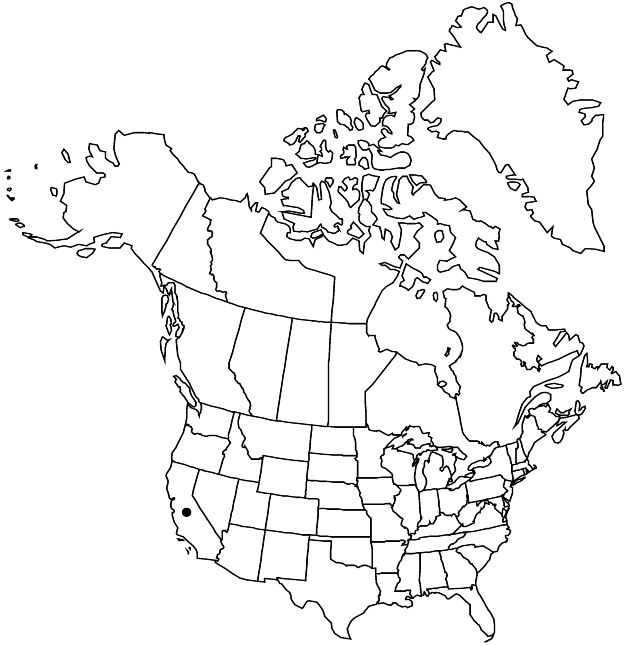Difference between revisions of "Crassula multicava"
Ill. Hort. 9: misc. 40. 1862,.
imported>Volume Importer |
imported>Volume Importer |
||
| Line 47: | Line 47: | ||
|publication year= | |publication year= | ||
|special status= | |special status= | ||
| − | |source xml=https:// | + | |source xml=https://bitbucket.org/aafc-mbb/fna-data-curation/src/2e0870ddd59836b60bcf96646a41e87ea5a5943a/coarse_grained_fna_xml/V8/V8_311.xml |
|genus=Crassula | |genus=Crassula | ||
|species=Crassula multicava | |species=Crassula multicava | ||
Latest revision as of 23:42, 5 November 2020
Plants terrestrial, perennial. Stems erect or decumbent, reddish green in age, branched, 20–40 cm. Leaf blades obovate to broadly elliptic, 20–50 mm, apex obtuse or emarginate. Inflorescences lax, flowers 2 per node. Pedicels 3–8 mm. Flowers 4-merous; sepals broadly triangular, 1–2 mm, apex acute; petals narrowly triangular, 3–4 mm. Follicles erect, 12–20-seeded, obliquely lanceoloid; old follicles not seen. Seeds ellipsoid, 0.3–0.4 mm, rarely formed, other characters not known.
Phenology: Flowering Feb.
Habitat: Disturbed areas
Elevation: 0-50 m
Distribution

Introduced; Calif., Africa (South Africa).
Discussion
Crassula multicava is reported from Monterey and San Mateo counties.
Selected References
None.
Lower Taxa
None.